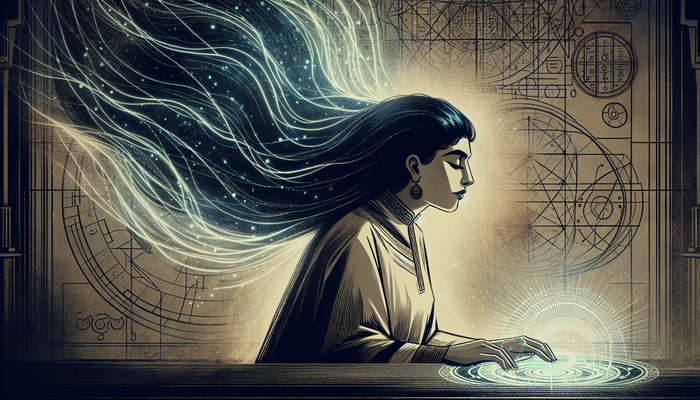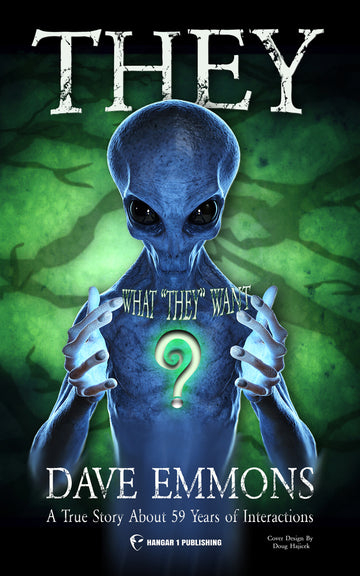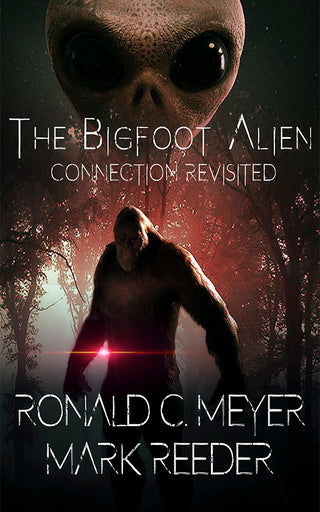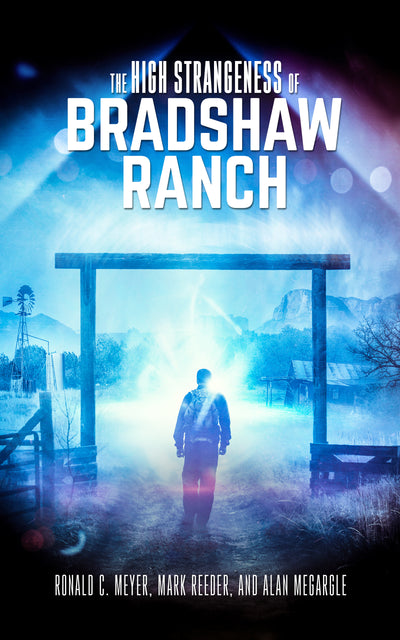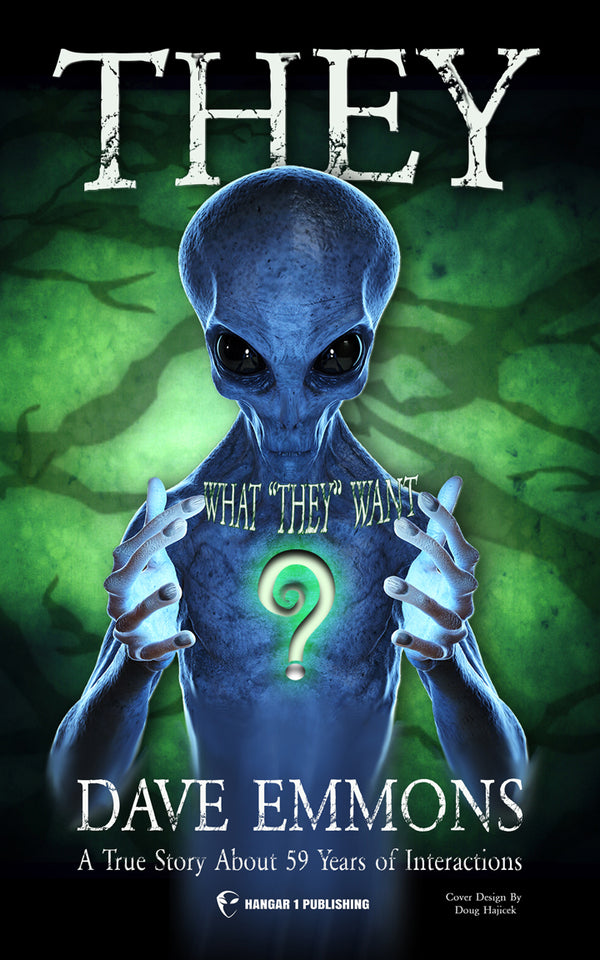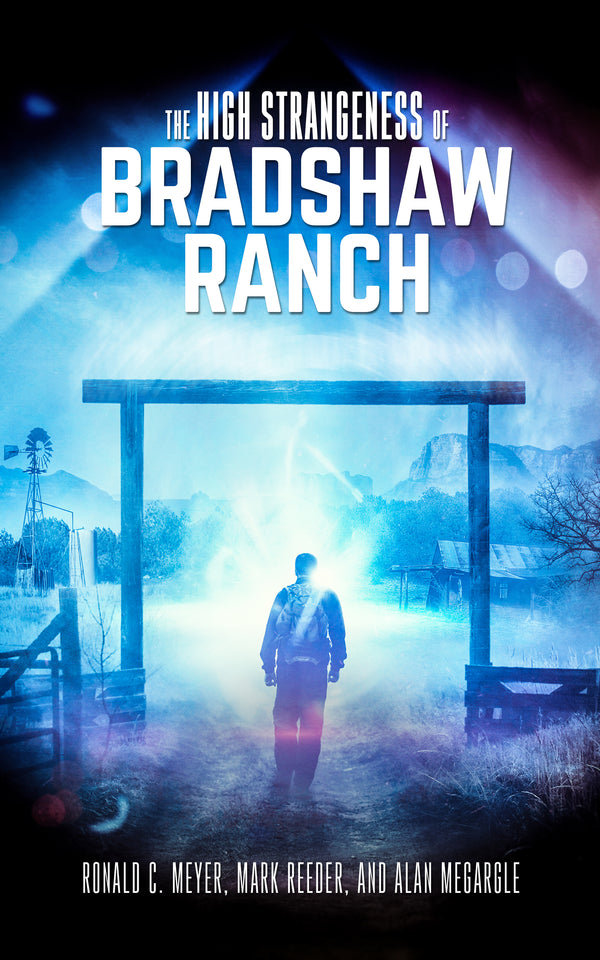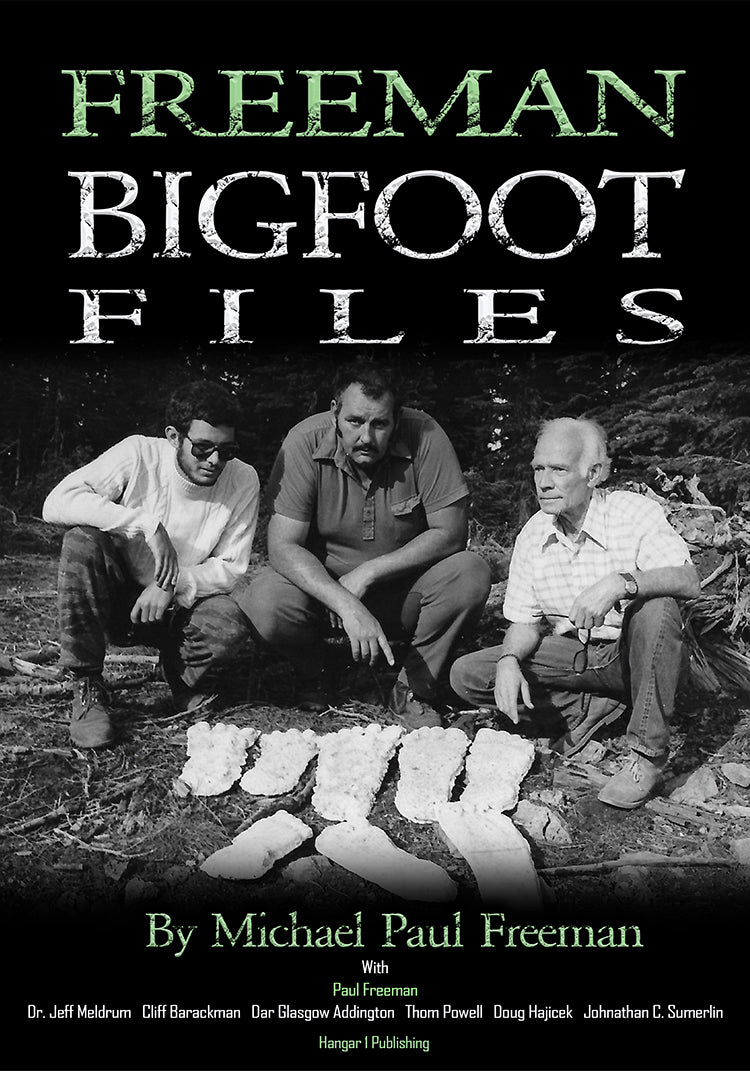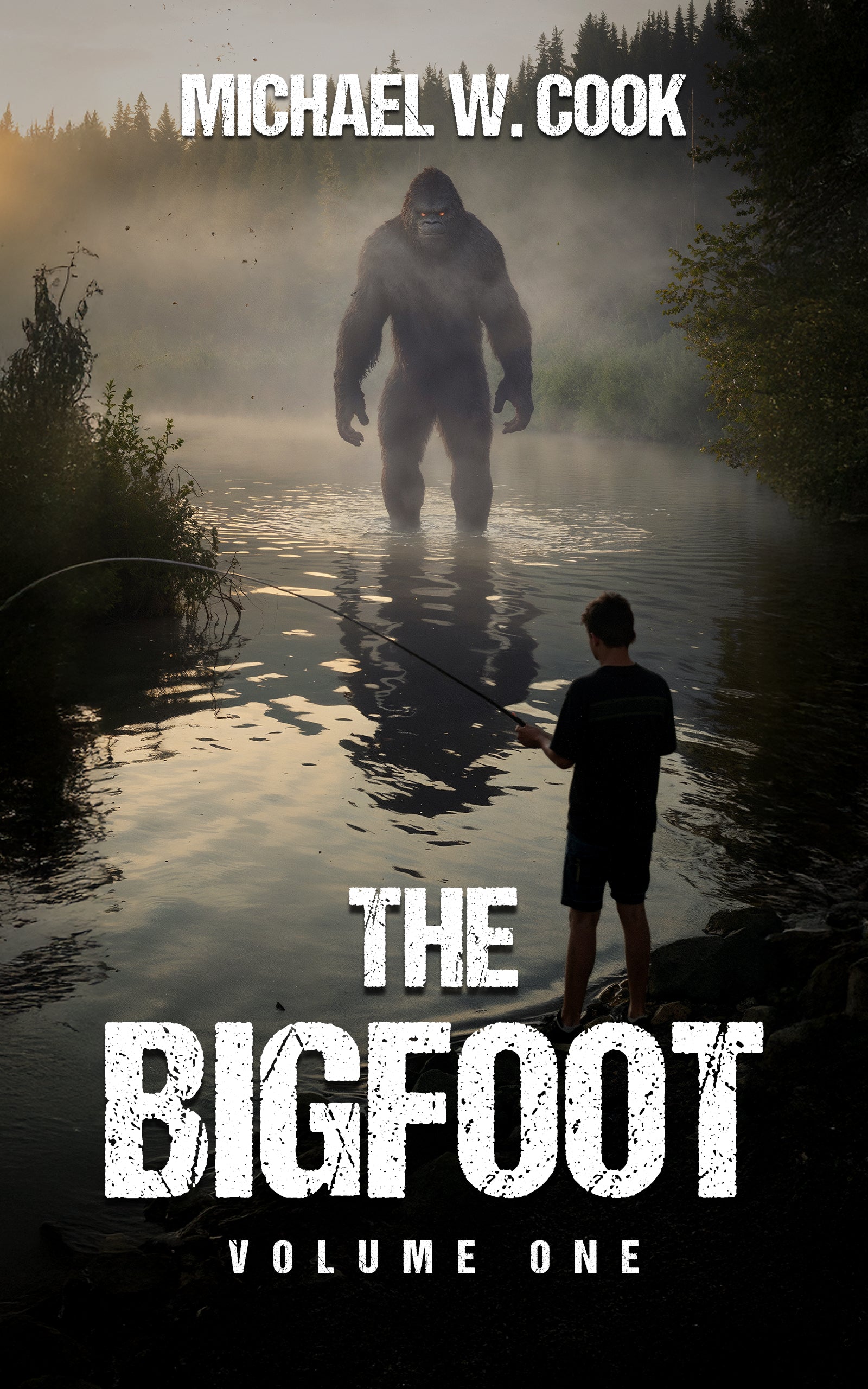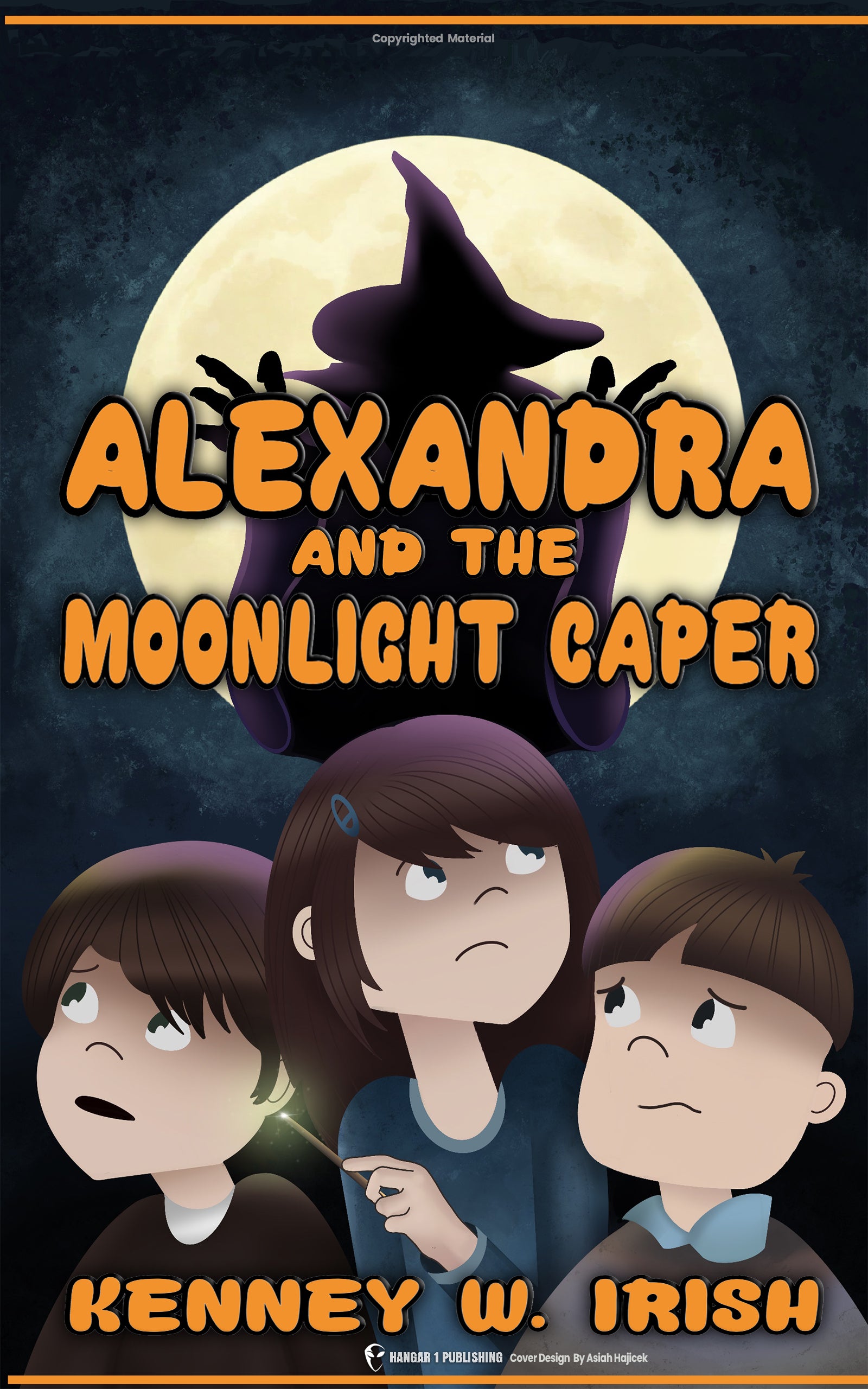Heaven's Gate: America's Most Infamous UFO Cult
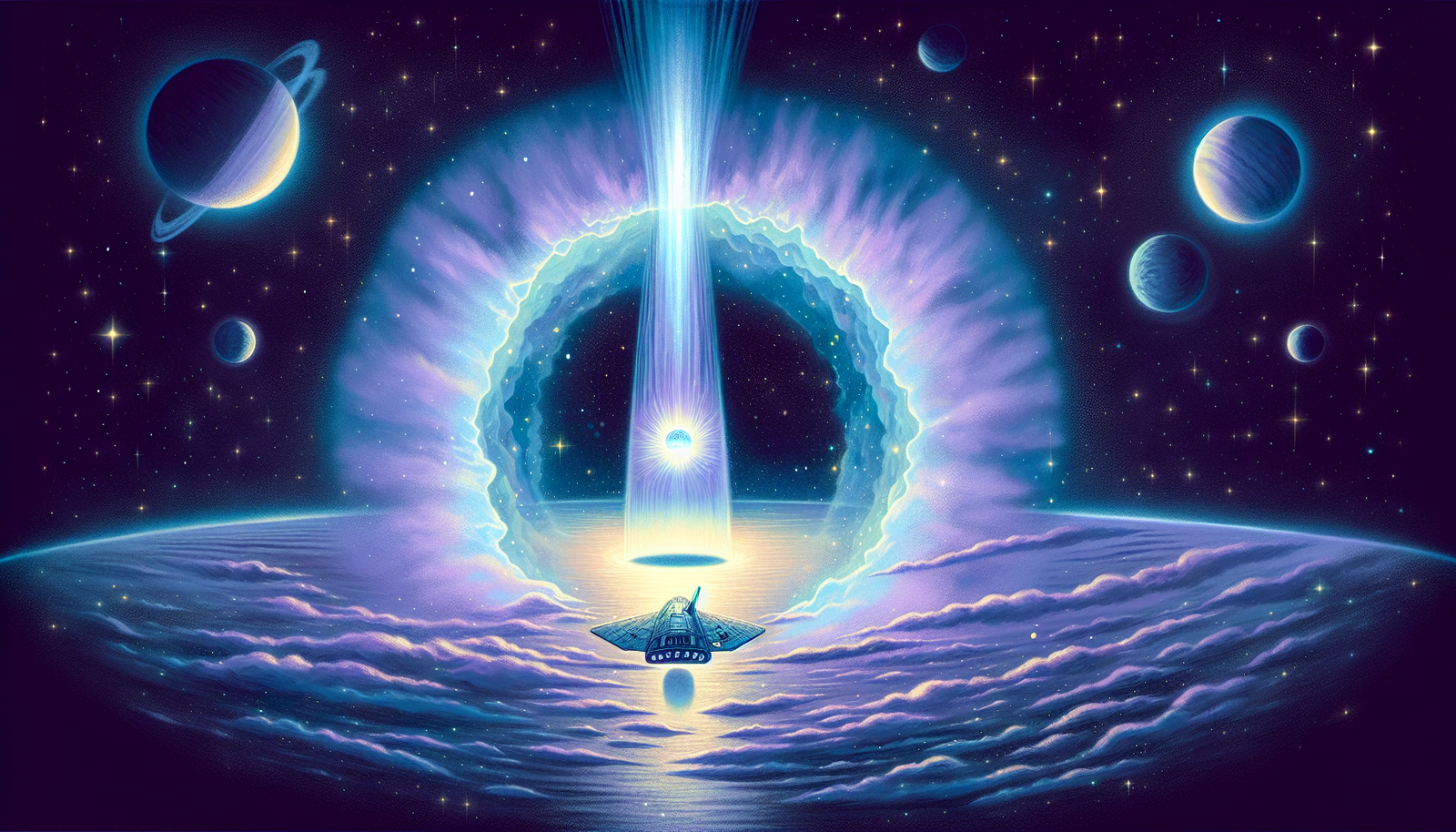
By Elaine Westfield, Ufologist
On March 26, 1997, police officers responding to an anonymous tip entered a sprawling mansion in Rancho Santa Fe, California. What they discovered inside would shock the nation: 39 bodies, meticulously arranged on bunk beds, all dressed identically in black shirts and pants with brand new Nike sneakers, and covered with purple shrouds. Each had a five-dollar bill and quarters in their pocket.
This wasn't a mass murder but a meticulously planned mass suicide by members of Heaven's Gate, a religious group whose beliefs merged Christianity with UFO mythology. The 39 people had willingly consumed a lethal mixture of phenobarbital and alcohol, then placed plastic bags over their heads to ensure their deaths. They believed they weren't ending their lives but shedding their "human containers" to board an alien spacecraft trailing the Hale-Bopp comet.
The event marked America's first major "internet cult" and triggered responses ranging from mockery to fascination. But who were these people, and what drove them to this extraordinary end?
The Cosmic Duo: Birth of a Belief System
The Heaven's Gate story begins with Marshall Herff Applewhite and Bonnie Lu Nettles, two seemingly ordinary individuals whose chance meeting would spawn one of America's most notorious religious movements.
Applewhite, born in 1931, was the son of a Presbyterian minister. A gifted musician, he taught at the University of St. Thomas until 1970, when he was dismissed after administrators learned of his relationship with a male student. This professional collapse triggered a personal crisis that led to hospitalization.
"His dismissal was a pivotal moment," explains religious historian Benjamin Zeller. "It created the perfect storm of vulnerability, identity crisis, and spiritual searching that would define his later teachings."
During this hospitalization, Applewhite met nurse Bonnie Lu Nettles, who practiced astrology and was interested in New Age spirituality. When they connected in 1972, they experienced what they described as immediate recognition – a cosmic knowing that they were meant to work together.
"They interpreted Applewhite's mental health crisis as spiritual awakening," says Zeller. "Nettles convinced him that the voices he heard weren't hallucinations but communications from higher beings."
Over time, they developed an elaborate belief system, identifying themselves as the "Two Witnesses" from the Book of Revelation. They adopted various names – first "The Two," then "Bo and Peep," and finally "Ti and Do" (pronounced "Tee" and "Doe").
Cosmic Christianity: The Heaven's Gate Gospel
The belief system created by Applewhite and Nettles was a remarkable fusion of Biblical apocalypticism, science fiction themes, and New Age concepts. It reimagined traditional Christian narratives through an extraterrestrial lens.
Their core teachings were revolutionary yet oddly familiar:
- Earth was about to be "recycled" (destroyed and renewed) by extraterrestrial beings
- Human bodies were merely "vehicles" or "containers" for souls
- Salvation required boarding a spacecraft that would take them to the "Level Above Human"
- Applewhite was the reincarnation of Jesus, with Nettles representing God the Father
"Heaven's Gate took the ancient idea of heaven and made it literal," notes religious scholar Joseph Laycock. "They weren't talking about a metaphorical kingdom of God, but a physical place you travel to on a spacecraft."
The group faced a theological crisis in 1985 when Nettles died of cancer. Her death contradicted their teaching that members would physically transform without dying. Applewhite adjusted the doctrine, now teaching that death – or "exiting the vehicle" – was necessary to reach the Next Level, where they would receive new, perfect bodies.
Building the Classroom: Group Formation
In 1975, Applewhite and Nettles began holding meetings in Oregon and California that attracted spiritual seekers. Their message struck a chord with many Americans disillusioned with traditional religion and conventional society.
The group made national headlines when approximately 20 people from Waldport, Oregon disappeared after attending one of their lectures. As Walter Cronkite reported on the CBS Evening News: "A score of persons... have disappeared. It's a mystery whether they've been taken on a so-called trip to eternity — or simply been taken."
Life within the group was highly regimented. Members referred to themselves as "The Class" and viewed Applewhite and Nettles as their "teachers." They were assigned partners who did everything together, from eating to sleeping, but these partnerships were regularly rotated to prevent emotional attachments.
"It was like the military," former member Dick Joslyn recalled. "There were all these procedures that drove some people crazy."
The group practiced "tomb time," periods when members were forbidden to speak to each other. They used tuning forks tapped on members' heads to "dispel human thoughts." At its peak in the late 1970s, Heaven's Gate had several hundred members, though numbers gradually declined.
Shedding Humanity: The Transformation Process
Joining Heaven's Gate meant abandoning nearly everything human. Members severed ties with families, surrendered possessions, and adopted new names. They followed strict rules governing their speech, dress, and even thought patterns.
"The goal was to overcome humanness entirely," explains sociologist Janja Lalich. "They weren't just giving up material possessions or relationships – they were trying to transcend human existence itself."
Sexuality was viewed as a base impulse that anchored souls to their earthly bodies. Celibacy was mandatory, and eight male members, including Applewhite, underwent voluntary castration. "They couldn't stop smiling and giggling," former member Rio DiAngelo told Newsweek about those who chose castration. "They were excited about it."
Members adopted increasingly uniform appearances, with identical clothes and haircuts designed to minimize gender differences and individual expression. Entertainment was limited to approved content with themes related to their beliefs. Star Trek was a particular favorite, which explains why members wore patches saying "Heaven's Gate Away Team" when they died.
Digital Pioneers: America's First Internet Cult
What distinguished Heaven's Gate from earlier cult movements was their embrace of the emerging internet. In the early 1990s, the group established a web design company called "Higher Source" that created websites for local businesses.
"Clients described them as diligent and professional," notes digital historian Kevin Driscoll. "They were among the first to recognize the internet's potential for both income generation and spreading religious messages."
The business provided financial stability while allowing members to develop their own website, heavensgate.com. This site – remarkably still maintained today by former members Mark and Sarah King – shared the group's beliefs and connected them with potential converts worldwide.
"Heaven's Gate was using the internet for recruitment before most mainstream religious groups had even discovered email," says Driscoll. "They were digital revolutionaries in a spiritual sense."
The Kings, who left the group because they wanted to get married (which violated Heaven's Gate rules), received the group's intellectual property in a legal settlement. They've maintained the website as a digital time capsule, preserving it exactly as it looked in 1997.
Cosmic Trigger: The Hale-Bopp Catalyst
The discovery of the Hale-Bopp comet in 1995 became the catalyst for Heaven's Gate's final act. The comet was exceptionally bright and visible to the naked eye for an unprecedented 18 months.
In November 1996, amateur astronomer Chuck Shramek took a CCD image of the comet that showed a fuzzy object nearby. When his computer program didn't identify it, Shramek called Art Bell's radio program Coast to Coast AM, announcing he had discovered a "Saturn-like object" following Hale-Bopp.
Professional astronomers quickly identified the object as simply the star SAO141894, explaining that it didn't appear on Shramek's computer because his settings were incorrect. However, UFO enthusiasts, including Emory University professor Courtney Brown, concluded an alien spacecraft was trailing the comet.
Applewhite became convinced this spacecraft was coming to take him and his followers to the Next Level. By late 1996, he had rented a 9,000-square-foot mansion in Rancho Santa Fe, explaining to the owner that his group consisted of "Christian-based angels."
The Exit Strategy: A Choreographed Departure
Between March 22-23, 1997, all 39 members of Heaven's Gate, including Applewhite, committed suicide in three waves of 15, 15, and 9 people. Their method reflected the group's meticulous planning:
- Members ingested phenobarbital mixed with applesauce or pudding
- They chased this with vodka
- They placed plastic bags over their heads to ensure asphyxiation
- Each person was covered with a purple shroud after death
Each wave cleaned up after the previous one before taking their own lives, maintaining the group's emphasis on order and discipline to the very end.
Before their deaths, the members recorded "exit statements" explaining their decisions. They emphatically rejected the notion that they were committing suicide in the traditional sense. Instead, they viewed it as a graduation – a necessary step to board the spacecraft.
One member, Gail Maeder, stated in her video: "What we're about to do is certainly nothing to think negatively about." Others appeared calm, even joyful, about their imminent "departure."
The Human Element: Ordinary People, Extraordinary Choices
Who were these 39 individuals who made such an extreme decision? Far from the stereotype of brainwashed cultists, many Heaven's Gate members were intelligent, well-educated individuals seeking spiritual meaning.
"Many of these people weren't losers with low self-esteem," noted Joan Culpepper, an original member who later left the group. "Applewhite's message connected to some belief in them."
The members ranged in age from 26 to 72, with more than half in their 40s. The group included:
- Thomas Nichols, brother of actress Nichelle Nichols, who played Lt. Uhura on Star Trek
- Yvonne McCurdy-Hill, who left behind five children, including newborn twins
- John Craig, a former dude ranch operator who appeared as an extra in Butch Cassidy and the Sundance Kid
- Margaret Field, high school valedictorian and former drum majorette
Some had been with the group for over 20 years, while others joined during more recent recruitment efforts. Their backgrounds spanned the spectrum of American life – a cross-section of ordinary people drawn to an extraordinary belief system.
Psychological Perspectives: The Allure
What drew people to Heaven's Gate? The answer isn't simple, but several psychological factors stand out.
First and foremost was the power of belonging. "When you give them love when they haven't felt that type of love or belonging before—it's not even so much the theology anymore," explains sociologist Janja Lalich. "It's that warmth, that sense of home that keeps them in that group. And community is powerful, really powerful."
Heaven's Gate also offered a cosmic narrative that elevated ordinary lives to extraordinary significance. Members weren't just living mundane existences; they were preparing for evolution to a higher level of being, participants in a cosmic drama of universal importance.
The group provided certainty and structure in a chaotic world. Their rigid rules created a simplified existence where complex questions had clear answers. For individuals overwhelmed by modern life's ambiguities, this clarity could be deeply appealing.
Perhaps most powerfully, Heaven's Gate promised transcendence – escape from the limitations of the human condition. This desire to move beyond physical and mental constraints is a universal human yearning, though rarely taken to such extremes.
Legacy: Heaven's Gate Today
Twenty-five years after the mass suicide, Heaven's Gate continues to fascinate. This enduring interest stems from several factors:
As the first major cult of the internet age, Heaven's Gate's digital footprint provides unprecedented access to their beliefs. Their blend of Christianity, UFOs, and science fiction taps into deep American cultural interests. And the realization that members weren't obviously unstable individuals but rather "people like us" raises uncomfortable questions about vulnerability to extreme beliefs.
According to podcast host Glynn Washington, "There are definitely people who believe the teachings of... Ti and Do—that they were divine and that they did in fact go to the next level and get on an interstellar craft when they committed that act in the San Diego mansion."
The Heaven's Gate tragedy reveals uncomfortable truths about human nature. While it's easy to dismiss their beliefs as absurd, many of their core concepts—belief in an afterlife, salvation from a dying world, transcendence of the physical body—have parallels in mainstream religions.
What distinguished Heaven's Gate was not the complete foreignness of their worldview but rather the specific cosmic narrative they constructed and the extreme measures they took in service of those beliefs. As Benjamin Zeller noted, "It's too easy to just dismiss them as nuts."
The group embodied America's religious entrepreneurship—the freedom to create new spiritual systems by combining elements from various traditions. In this sense, Heaven's Gate was quintessentially American, reflecting the country's religious experimentation, technological enthusiasm, and apocalyptic imagination.
The website they created still exists, frozen in the late 1990s internet aesthetic, with the message: "By the time you read this, we'll be gone." Yet in many ways, Heaven's Gate isn't gone at all. It continues to prompt us to examine the thin line between faith and delusion, community and control, transcendence and self-destruction—questions that remain as urgent today as they were when 39 people lay down in matching clothes and Nike sneakers, believing they were about to journey to the stars.
From Bigfoot to UFOs: Hangar 1 Publishing Has You Covered!
Explore Untold Stories: Venture into the world of UFOs, cryptids, Bigfoot, and beyond. Every story is a journey into the extraordinary.
Immersive Book Technology: Experience real videos, sights, and sounds within our books. Its not just reading; its an adventure.




